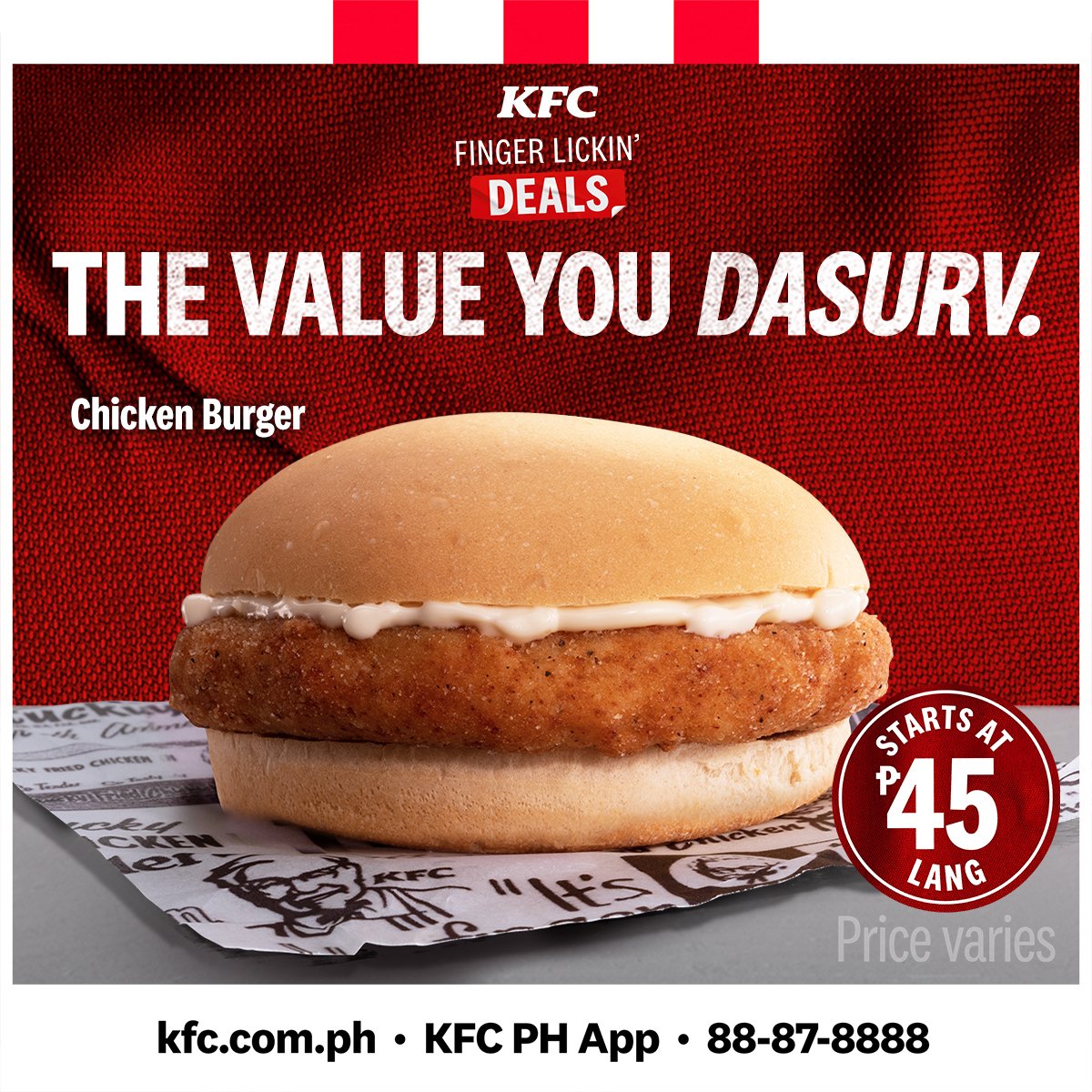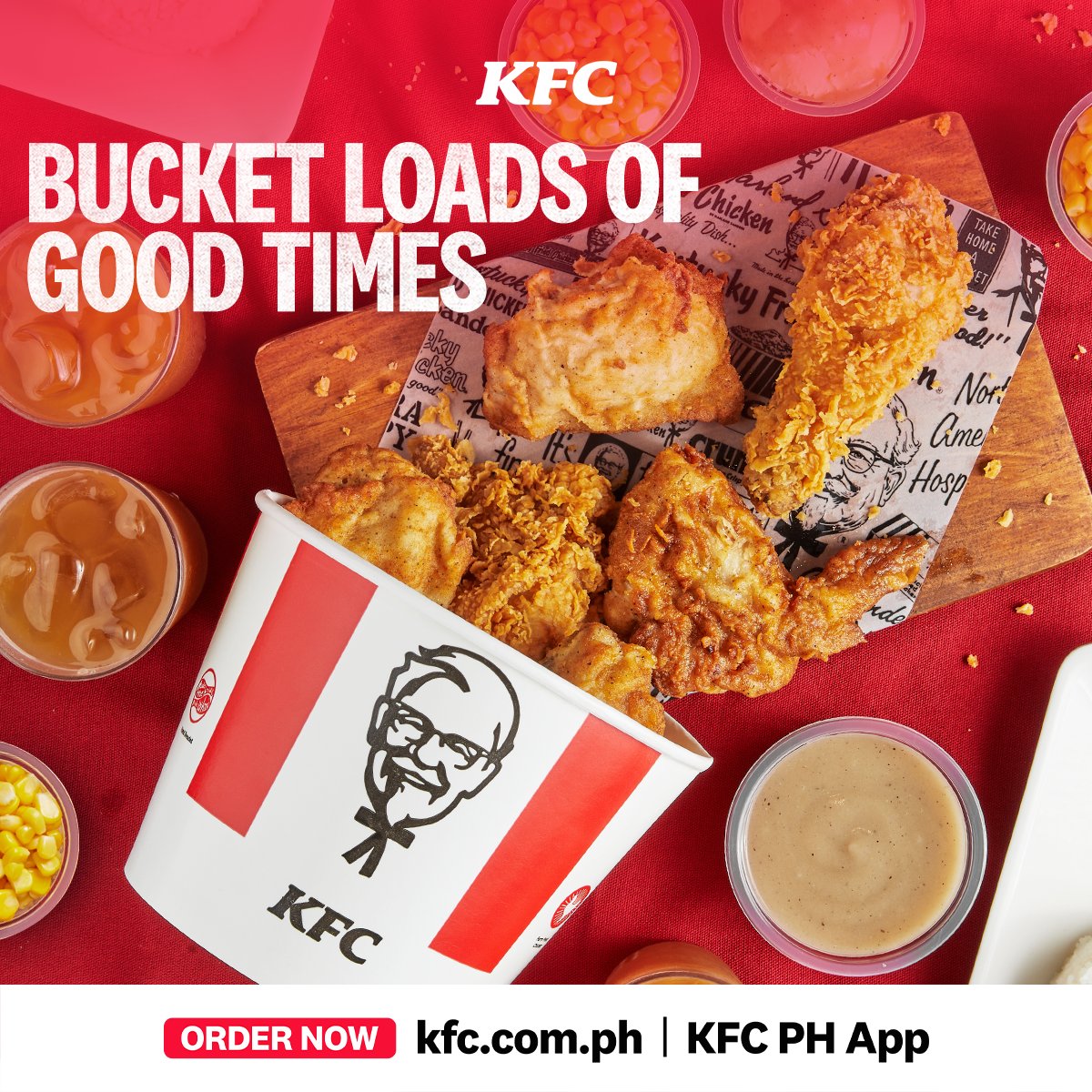Why Is KFC So Expensive? Unpacking The Hidden Costs Behind The Bucket
Let’s face it, fried chicken is a comfort food that speaks to the soul. But if you’ve ever wondered why KFC costs so much these days, you’re not alone. It’s a question that’s been buzzing around dinner tables and social media threads alike. Is it the quality of the ingredients? The famous 11 herbs and spices? Or is there more to the story? In this article, we’ll dive deep into the world of KFC pricing and uncover the reasons behind those hefty price tags.
Now, before we get into the nitty-gritty, let’s set the stage. KFC, or Kentucky Fried Chicken, has been a global household name since Colonel Sanders first dipped his chicken into a pressure fryer back in the 1950s. Over the years, the brand has grown into a fast-food giant, serving up crispy, golden goodness in over 100 countries. But as the years rolled on, so did the prices. What used to be a budget-friendly meal has now become a bit of a splurge for some.
So, what gives? Why is KFC so expensive these days? Well, buckle up because we’re about to break it down for you. From supply chain issues to rising operational costs, there’s a lot more to the story than just those 11 herbs and spices. Let’s dig in!
- Why Kfc So Expensive The Hidden Factors Behind The Price
- Shave Like A Pro Unleashing The Power Of Lady Razor
Daftar Isi
The Background: A Brief History of KFC
The Cost of Quality Ingredients
The Secret Behind the 11 Herbs and Spices
- Why Roma Pizza Henrietta Is A Musttry For Pizza Lovers
- Chris Salcedo Wife Picture A Closer Look At The Life And Love Of A Filipino Heartthrob
Labor Costs: Why It’s Not Just About the Chicken
Marketing and Branding: A Pricey Proposition
How KFC Stacks Up Against Competitors
The Background: A Brief History of KFC
Before we dive into the economics of KFC pricing, let’s take a quick trip down memory lane. KFC was born in Corbin, Kentucky, when Harland Sanders started serving his signature fried chicken to travelers at his service station. By the 1950s, the Colonel had refined his recipe and began franchising his business, setting the stage for a global empire. Today, KFC is owned by Yum! Brands, a conglomerate that also includes Taco Bell and Pizza Hut.
But here’s the kicker—back in the day, KFC was marketed as an affordable option for families. The iconic bucket of chicken was a go-to for picnics and Sunday dinners. So, how did we get from there to the prices we see today? Let’s explore.
The Rise of KFC as a Global Brand
As KFC expanded globally, it faced new challenges. Different markets meant different costs, from labor to real estate. In some countries, KFC even had to adapt its menu to suit local tastes, adding items like curry chicken in India or shrimp burgers in Japan. All of these adaptations come with a price tag, contributing to the overall cost of doing business.
The Cost of Quality Ingredients
One of the biggest factors driving up KFC’s prices is the cost of ingredients. Sure, chicken might seem cheap, but when you’re talking about the quality standards KFC sets for its suppliers, things get a bit more complicated. The brand prides itself on using fresh, high-quality chicken, which isn’t always the cheapest option.
Plus, let’s not forget those famous 11 herbs and spices. While the exact recipe remains a closely guarded secret, sourcing premium spices isn’t exactly a bargain. Add in the cost of transporting these ingredients across the globe, and you’ve got a recipe for higher prices.
Breaking Down the Ingredient Costs
- High-quality chicken: More expensive than standard options
- Premium spices: A significant portion of the recipe’s cost
- Transportation: Getting ingredients from farm to table isn’t free
The Secret Behind the 11 Herbs and Spices
Ah, the infamous 11 herbs and spices. They’re the cornerstone of KFC’s identity, but what exactly are they worth? While we’ll never know the full recipe (it’s locked in a vault, remember?), we do know that sourcing high-quality spices isn’t cheap. Some of these spices are rare, and others require specific growing conditions, driving up their cost.
Moreover, KFC has to ensure consistency across all its locations. That means every bucket of chicken, no matter where it’s served, has to taste the same. Achieving that level of uniformity requires precise measurements and quality control, which adds to the overall expense.
Labor Costs: Why It’s Not Just About the Chicken
Let’s talk about the people behind the scenes. Running a KFC restaurant isn’t just about frying chicken. There’s a whole team involved, from the chefs to the cashiers, and they all need to be paid. Labor costs have been on the rise globally, thanks to minimum wage increases and a tightening labor market.
And let’s not forget the training. KFC invests heavily in training its employees to ensure they meet the brand’s high standards. That training takes time and money, which ultimately gets factored into the price of your meal.
Key Labor Costs to Consider
- Minimum wage increases
- Employee training programs
- Ongoing staff development
Supply Chain Challenges
The global supply chain has faced unprecedented challenges in recent years. From pandemics to geopolitical tensions, disruptions have become the norm. For a brand like KFC, which relies on a steady flow of ingredients, these disruptions can have a significant impact on pricing.
For example, if a supplier can’t deliver chicken on time, KFC might have to pay a premium to source it elsewhere. Or, if there’s a shortage of a particular spice, the price of that ingredient could skyrocket. All of these factors contribute to the final price you see on the menu.
How Supply Chain Issues Affect Pricing
- Increased transportation costs
- Shortages of key ingredients
- Fluctuating market prices
Marketing and Branding: A Pricey Proposition
Let’s not forget the cost of keeping KFC’s name front and center. Marketing and branding are essential for any global brand, and KFC spends big bucks on advertising campaigns, sponsorships, and partnerships. From Super Bowl ads to collaborations with celebrities, these efforts come with a hefty price tag.
And it’s not just about promoting the product. KFC also invests in initiatives like sustainability and community outreach, which can add to the overall cost of doing business. While these efforts might not directly affect the price of a bucket of chicken, they do contribute to the brand’s overall expenses.
Location, Location, Location
Where a KFC restaurant is located can also impact pricing. Rent in urban areas tends to be higher than in rural ones, and that difference gets passed on to customers. In some cities, prime real estate can be incredibly expensive, driving up the cost of operating a restaurant.
Additionally, KFC often locates its restaurants in high-traffic areas, where foot traffic is heavy. While this strategy helps drive sales, it also means higher rent and utility costs, which can contribute to higher menu prices.
Taxes and Regulations
Taxes and regulations vary from country to country, and they can have a big impact on KFC’s pricing. In some places, there are taxes specifically targeting fast food, which can drive up costs. Additionally, compliance with local regulations, such as health and safety standards, can add to the expense of running a restaurant.
For example, in some countries, KFC might need to install energy-efficient equipment to meet environmental standards. While this is great for the planet, it can also be costly for the business, and those costs often get passed on to customers.
How KFC Stacks Up Against Competitors
When it comes to pricing, KFC isn’t alone. Other fast-food chains, like McDonald’s and Burger King, also face similar challenges. However, KFC’s focus on quality ingredients and consistent taste can set it apart from the competition, even if it means charging a bit more.
That said, KFC does offer value meals and discounts to make its products more accessible. So, while the prices might seem high at first glance, there are ways to enjoy KFC without breaking the bank.
The Future of KFC Pricing
Looking ahead, KFC faces a number of challenges that could impact pricing. Rising inflation, ongoing supply chain issues, and changing consumer preferences are all factors that could affect the cost of a bucket of chicken. However, the brand is also investing in innovation, such as plant-based alternatives and digital ordering, which could help mitigate some of these costs in the future.
Ultimately, the future of KFC pricing will depend on how well the brand can navigate these challenges while maintaining its commitment to quality and consistency. Only time will tell what the future holds, but one thing’s for sure—KFC will continue to be a household name for generations to come.
Kesimpulan
In conclusion, the reasons why KFC is so expensive are multifaceted. From the cost of quality ingredients to rising labor and operational expenses, there’s a lot more to the story than just those 11 herbs and spices. While the prices might seem steep, they reflect the brand’s commitment to delivering a consistent, high-quality product to its customers around the world.
So, the next time you’re debating whether to splurge on a bucket of KFC, remember all the factors that go into making that chicken so delicious. And hey, if you’re looking for a deal, keep an eye out for those value meals and discounts. After all, who doesn’t love a good bargain?
Got thoughts on KFC pricing? Share your comments below, and don’t forget to check out our other articles for more insights into the world of fast food. Happy eating!
- Aavin Orange Milk The Refreshing Beverage Thats Taking India By Storm
- Ephrata Athletic Club Your Ultimate Fitness Destination

KFC Philippines on Twitter "Get the snacktime you DASURV! Grab our

KFC Philippines on Twitter "Hot, crispy, and oh so good! Feel the heat

KFC Philippines on Twitter "Celebrate life's biggest wins with the